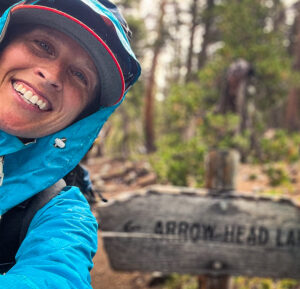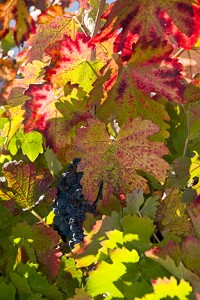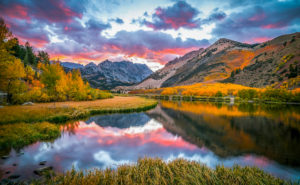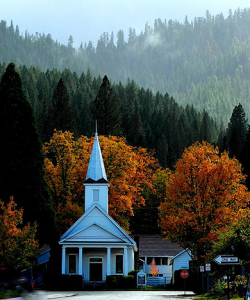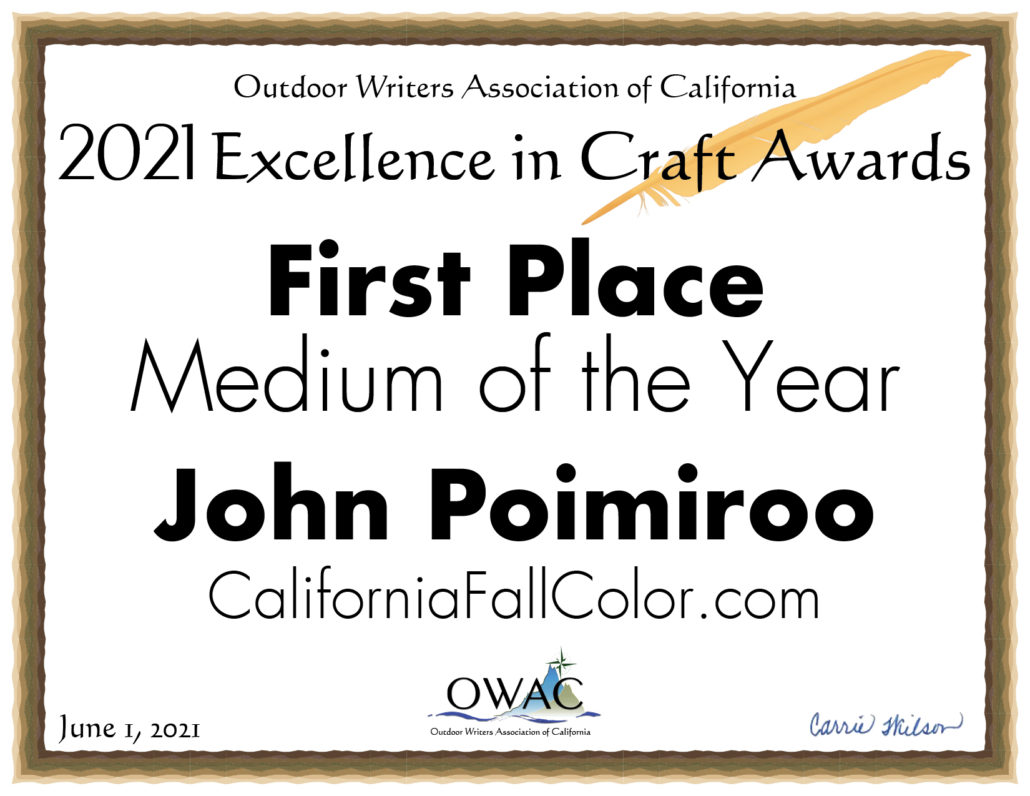Fowl Idea
-

Sandill Cranes and Egret, Nelson (11/3/18) Robert Kermen -

Blue Heron, Nelson (11/3/18) Robert Kermen -

Sandhill Cranes, Nelson (11/3/18) Robert Kermen -

Female, adult Red Tail Hawk, Nelson (11/3/18) Robert Kermen
Here’s a fowl idea. Between waiting for fall color to descend through the foothill canyons to lower elevations, fill the time enjoying the fall migration of water fowl and their predators to California’s Central Valley.
Robert Kermen spent yesterday among sandhill cranes, great blue heron, egrets and a watchful redtail hawk near Nelson.
He writes, “With the flooding of the harvested rice checks, rodents are forced above ground where blue herons, red tail hawks, kestrels and other predators gobble them up.”
“Also seen are magnificent sandhill cranes, that even this late in the season can be seen going through courtship displays.”
If you stay until dusk, you’ll see them flying in at sunset to roost overnight in shallow ponds or on islands protected from predators by natural moats. ![]()
- Central Valley Wildlife Refuges (birdwatching) (50′) – Near Peak (50-75%) GO NOW!







































